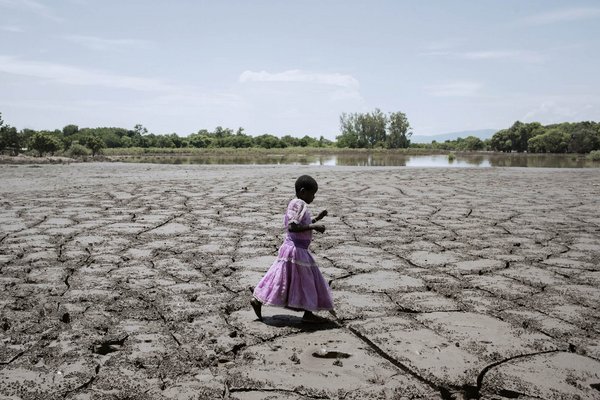- Share this article
- Subscribe to our newsletter
Reducing greenhouse-gas emissions from land and food
Land is a critical resource, the Intergovernmental Panel on Climate Change (IPCC) stated in its Special Report on Climate Change and Land (SRCCL) published on 8 August 2019. According to the Panel, keeping global warming to well below 2°C can be achieved only by reducing greenhouse gas emissions from all sectors, including land and food. At the same time, land is already under growing human pressure and climate change is adding to these pressures.
An overall focus on sustainability coupled with early action offers the best chances to tackle climate change, the authors say. This action should include low population growth and reduced inequalities, improved nutrition and lower food waste. Such achievements would enable a more resilient food system and make more land available for bioenergy, while still protecting forests and natural ecosystems. Without early action in these areas, however, more land would be required for bioenergy, leading to challenging decisions about future land-use and food security, they warn.
New knowledge shows an increase in risks from dryland water scarcity, fire damage, permafrost degradation and food system instability, even for global warming of around 1.5°C, the scientists caution. Very high risks at 2°C of global warming are identified in relation to permafrost degradation and food-system instability.
The important role of land in the climate system
This report shows that while better land management can contribute to tackling climate change, it is not the only solution. Land plays an important role in the climate system. On the one hand, land-use contributes to CO2 emissions, whereas on the other hand, natural land processes tackle climate change. Agriculture, forestry and other types of land-use account for 23 per cent of human greenhouse-gas emissions. At the same time, natural land processes absorb carbon dioxide equivalent to almost a third of carbon-dioxide emissions from fossil fuels and industry.
Land must remain productive to maintain food security as population numbers rise and the negative impacts of climate change on vegetation increase. Consequently, there are limits to the contribution land can make to addressing climate change, for instance through the cultivation of energy crops and afforestation. It also takes time for trees and soils to store carbon effectively. The authors point out that bioenergy needs to be carefully managed to avoid risks to food security, biodiversity and land degradation.
When land is degraded it becomes less productive, restricting what can be grown and reducing the soil’s ability to absorb carbon. This exacerbates climate change, while climate change in turn exacerbates land degradation in many different ways.
Addressing the food system to reduce greenhouse-gas emissions
Future climate change will increasingly affect food security in the form of yield declines, especially in the tropics. Options to tackle climate change within the food system are reducing food waste and dietary changes.
The report records that about one third of food produced is lost or wasted. Causes of food loss and waste differ substantially between developed and developing countries, as well as between regions. Reducing this loss and waste would reduce-greenhouse-gas emissions and improve food security.
Shifting to more balanced diets featuring plant-based foods, such as coarse grains, legumes, fruits and vegetables, and animal-sourced food produced sustainably in low-greenhouse-gas-emission systems, present opportunities for adapting to and limiting climate change, the authors state.
Further, managing risks and reducing vulnerabilities in land and food systems can enhance communities’ resilience to extreme events. This can be achieved as a result of dietary changes or ensuring a variety of crops to prevent further land degradation and increase resilience to extreme or varying weather. Policies outside the land and energy domains, such as transport and environment policies, can also make a critical difference to tackling climate change. Taking early action is more cost-effective as it avoids losses.
(IPCC/ile)





Add a comment
Be the First to Comment